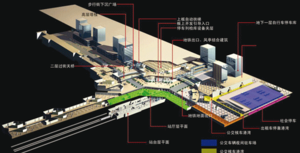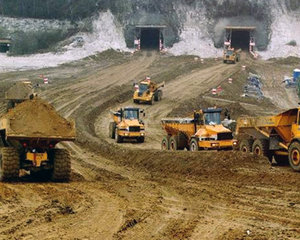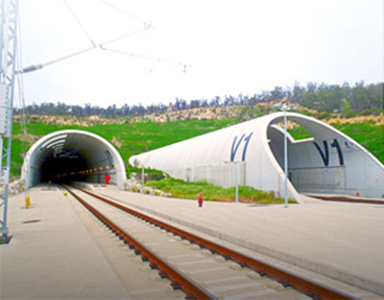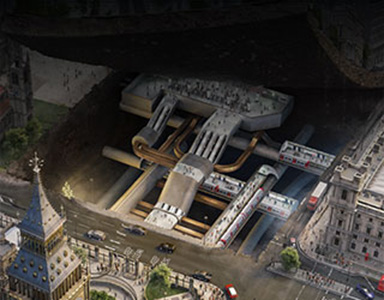Use of underground space

Explosive growth of cities in developing countries, shifting demographics and aging infrastructure in older cities – coupled with the demand for improved liveability and environmental protection – are creating a strong demand for new underground infrastructure.
As this happens, the impact of previously unplanned underground space use rapidly becomes clear – expensive relocations of existing facilities are required, access to favourable geological conditions may be blocked and underground transport facilities are forced progressively deeper to find suitable alignments.
To avoid such problems, planning for urban areas must go beyond the conventional two-dimensional arrangements of surface facilities and consider the full three-dimensional interactions between the built environment and its supporting infrastructure.
The underground as a spatial asset needs to be clearly understood by urban decision makers if it is to achieve its full potential in adapting cities to the many challenges that will be faced in the coming decades.
To know more
- Planning the use of underground space, White paper#2 of the ITA Committee on Underground Space - ITACUS.
- Underground city planning, a french born Concept for Sustainable Cities of Tomorrow.
- Monaco, exemple remarquable d'urbanisme souterrain. Interview in French Of Mr. P. Cellario, Directeur de la prospective de la Principauté de Monaco.
- Condition for the Emergence of an Indoor City by Ray Sterling.
- Think deep, retrospective website of "Enlightenend underground, Festival of underground Space held in Amsterdam, January 2008.
Video

From ancient times, ore extraction has involved extensive underground excavation of tunnels, shafts, galleries and caverns, by different mining methods that have evolved in time, along with the technology of excavation and support.
In underground mines, a number of openings are necessary for different purposes: main shaft, level drives, cross cuts, ore haulages, ventilation shafts, airways…All these constitute the mine access and service openings, and normally their active life is comparable or even longer than the mining life of the orebody.
Some other openings, like service and operating openings, are directly associated with ore recovery, are developed in the orebody and their active life is limited to the duration of the mining activity. Another type of excavation is the ore source, which could be a stope which adapts its form to the contour of the ore body.
According to the geomechanical characteristics of the rock, different mining techniques are applied. Other factors like the size, shape and geometric disposition of the ore body and geotechnical environment will also play a fundamental role in choosing the right mining method.
Nowadays, underground mining is still very active in countries like South Africa, Australia, Canada and South America. In South Africa, it is possible to find some of the deepest mines in the world, reaching depths of almost 4’000 meters below the surface.
More info:
The rediscovery of subterranean construction during the industrial revolution was not especially positive. During mass urban migrations, factory workers were housed in cellars and basements, in cold, damp, badly ventilated rooms. The proletariat lived in unhygienic. Unhealthy. Wretched conditions. At the end of the 19th century, some 20,000 people lived in basements in Amsterdam alone. Aboveground city expansion primarily accommodated the rapidly growing middle class. Who wanted. Like the old elites. To live well in spacious surroundings.
ITA Recommended Papers
This presentation has been made by Ms. Sushma Goh, Singapore, during the ITA Open session In Singapore 2004. This presentation is fully illustrated by diagrams and photographs of good examples of underground space architecture. She challenged our industry to always consider the human aspects of our industry.




